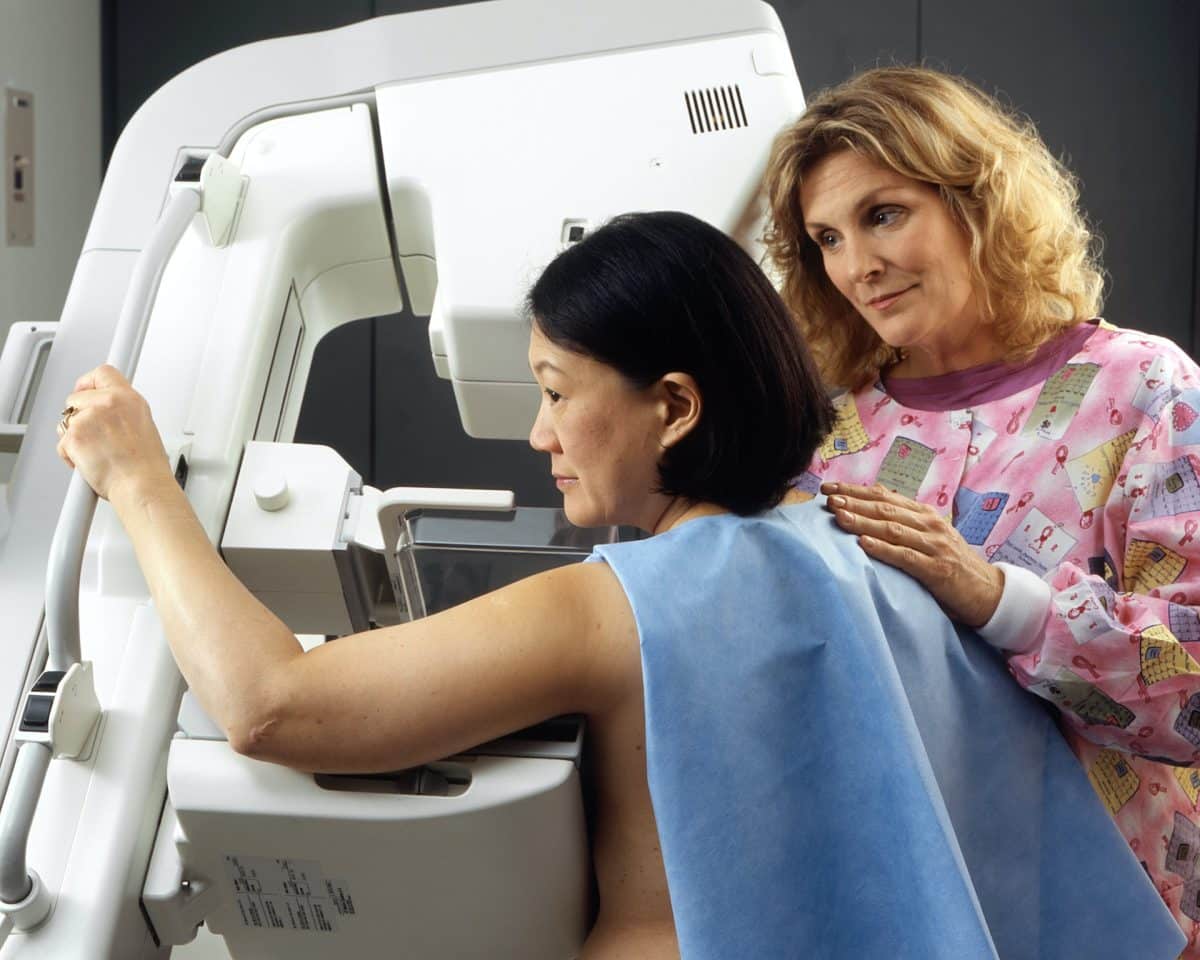Focusing on your health should always be a priority. If you’re keen to get yourself thoroughly checked out, you may be considering investing in a body scan. But what scan would be best for you?

There are several different types of body scans available, which specialize in detecting different conditions. Read on to discover what they are, and then you can decide which – if any – would be right for your needs.
X-rays
X-rays are a scanning tool that uses high-frequency electromagnetic energy to create images of your body. Because the tissues in your body absorb the radiation produced by x-rays in a different way, this creates the black and white picture that you will see once your scan is completed.
For example, bones absorb more radiation, which is why they show up as white, while fatty tissue absorbs less, and shows up as grey.
Understanding when to get an xray and how it can help detect certain conditions is important. Remember – before you get an x-ray, it is important to inform your doctor if you are pregnant or have any metal implants in your body.
Pros And Cons Of Having X-rays
X-rays are one of the most frequently used types of body scans. They are beneficial for detecting a wide range of problems, from hairline fractures to an enlarged heart, tumors, and even fluid build-up in the lungs.
On the downside, as we all know, x-rays produce radiation. While the amounts are small and pose no threat to your health, they are still high compared to the amount you receive from your day-to-day environment. This is why frequent x-rays are not recommended by medical professionals – to reduce cumulative radiation from building up inside the body.
X-rays also have limitations when it comes to detecting certain problems. For example, they can be less accurate when it comes to diagnosing soft tissue problems and conditions such as heart disease.
Mammograms
Mammograms are a form of x-ray that uses low-frequency electromagnetic energy to scan breast tissue. Mammograms can be used to detect signs of breast cancer, and are particularly recommended for women over the age of 40. In fact, women between the ages of 45 and 54 should have a mammogram on a yearly basis, and women over the age of 55 should also consider having them once a year, and certainly no less than every 2 years.

If you are worried about your breast health – particularly if you have a history of breast cancer in your family or a genetic mutation that can predispose you to cancer – then you should also have regular mammograms, no matter what age you are.
Pros And Cons
The simple truth is that mammograms can save lives, with research seeming to indicate that they can significantly reduce the risk of death from breast cancer. For example, one 2018 study revealed that women who underwent regular mammograms had a 47% lower chance of dying within 20 years of being diagnosed.
However, there are several important disadvantages of mammograms that women should be aware of. For one thing, because they are x-rays, mammograms will expose your body to radiation, though the amount is small – smaller than a regular chest x-ray.
Secondly, mammograms can produce ‘false positive’ results, which can cause psychological distress. Unfortunately, this fear and anxiety have been found to put women off returning for their next check-up, even though mammograms are important for monitoring breast health over a certain age. Mammograms can also produce false negative results, particularly in the case of women with denser breast tissue.
If you do have a mammogram – whether out of choice or necessity – it is important to have these advantages and limitations in mind so you are prepared for whatever result you may receive.
MRIs
If you feel like you need a full body check-up then, of all the types of body scans, you will probably be considering an MRI.
The medical staff from Expected Healthcare can explain how this can help you detect a wide range of problems. Further, an MRI is a completely non-invasive and painless process – which may well be one of the reasons why it is so popular. Here’s what you need to know.
An MRI – or magnetic resonance imaging scan – provides an in-depth check-up, generating high-quality images of your body. As a result, they are particularly useful when it comes to monitoring the health of your organs and soft tissues. With the help of their accurate images, they can be used to diagnose a wide range of conditions, from spinal problems to brain injury and various types of cancer.
Pros And Cons
The obvious advantage of an MRI is the sheer number of possible diseases and conditions it can detect, while at the same time offering a safe and non-invasive procedure.
However, even MRIs have their limitations. If you are claustrophobic you may struggle to lie still inside the machine. MRIs are also not recommended if your body contains any metal implants – from pacemakers to dental implants and non-removable body modifications.
Even tattoos and permanent make-up need to be considered before you have this kind of scan, as one case of skin burns involving a professional football player revealed.
Which Scan Is Right For You?
As you can see, there are different types of body scans available to help shed light on what is going on underneath your skin. The kind of scan you have will depend on your unique requirements, and the advice of your healthcare professional.
Whichever scan you have, it’s a good idea to do your research so you know exactly what to expect, and don’t hesitate to ask questions from the technicians performing your scan, to give you confidence with the procedure.
- About the Author
- Latest Posts
Whether she is researching the latest trends in home decor, life-changing destination getaways, or the best way to maintain your finances, Dewey takes pride in leaving no stone unturned. She is passionate about distilling and delivering high-quality information that you can use to upgrade your life.

